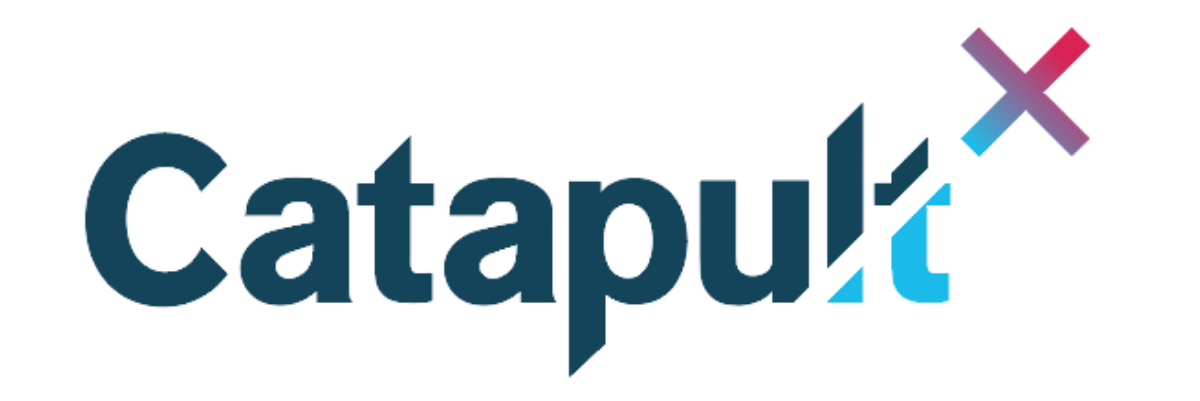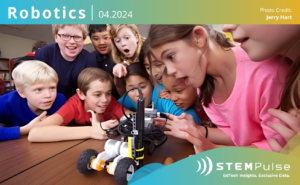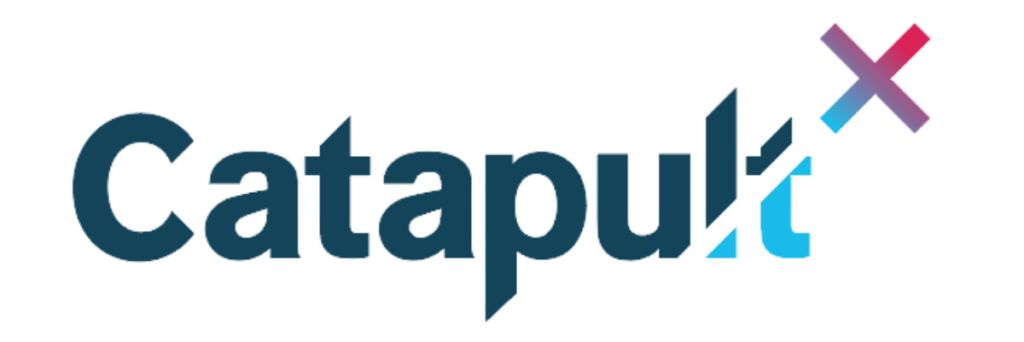A Preview
Most of our STEM clients use summer as a chance to plan for growth. Strategies to expand in the American and European markets are fairly well-established – competitive positioning, tailoring data to address buyer persona concerns, integration of new and emerging technologies, etc.
In an interesting twist, over the last couple of years, the most significant expansion opportunities for companies haven’t always been within these established STEM markets. And, spoiler alert, the strategies for entry and growth aren’t the same.
Expanding Your STEM Market
The global K12 STEM market is expected to grow rapidly at about 14.5% (compound annual growth rate) for the next several years, reaching an estimated 131.98 billion USD by 2030. (STEM Education in K-12 Market Size & Trends Report, 2030, 2021), (STEM Education in K-12 Market Size, Share & Trends Analysis Report by Type ((Self-Paced, Instructor-Led), by Application (Elementary School, Middle School, High School) and Segment Forecasts, 2022 – 2030, 2022))
Getting a little more granular, North America (particularly the United States) dominates with nearly 50% of the global revenue share (STEM Education in K-12 Market Size & Trends Report, 2030, 2021), while the APAC Market shows significant growth. (D’Souza, 2022)

Countries in Asia-Pacific | Federal Aviation Administration. (2021). Faa.gov.
The STEM Market in the United States
- Accelerate Learning
- Accelus
- Boxlight
- Carolina Biological
- CodeHS
- Codeverse
- Discovery Education
- KC STEM
- Pasco Scientific
- Play Shifu
- Prisms VR
- Querium
- Sphero
- STEM Inc.
- Wonder Workshop
- zSpace
The STEM Market Potential in APAC
According to the Federal Aviation Administration, APAC is composed of
- Afghanistan
- Australia
- Bangladesh
- Bhutan
- Burma
- Brunei
- Cambodia
- China (including special administrative regions of Hong Kong and Macau)
- Cook Islands
- Federated States of Micronesia
- Fiji
- India
- Indonesia
- Japan
- Kiribati
- Laos
- Malaysia
- Maldives
- Marshall Islands
- Mongolia
- Nepal
- New Caledonia
- New Zealand
- Niue
- North Korea
- Pakistan
- Pakistan
- Palau
- Papua New Guinea
- Philippines
- Singapore
- Solomon Islands
- South Korea
- Sri Lanka
- Taiwan
- Thailand
- Timor-Leste
- Tonga
- Tuvalu
- Vanuatu
- Vietnam
What does this mean for STEM Companies?
- There are significant opportunities for growth.
- Given the educational and political climate of the U.S. and the significance of the players already in the space, those opportunities may be in growth markets elsewhere.
The Key to Success?
Well-known strategies for expanding your market have been proven over the years—adapt content to local culture, make strategic partnerships with government or non-governmental organizations with influence in the area, make sure solutions are flexible, scalable, and sustainable, etc.
However, unlike the North American and European markets, the adaptation of content to mobile devices, the dominant method of internet access in the region, could very well be the difference between those who successfully penetrate the market and those that don’t.
Information from Statcounter, the APAC region predominantly uses mobile devices to access the internet rather than desktops and mobile devices, with Japan as the only exception. (Desktop vs Mobile vs Tablet Market Share Worldwide | Statcounter Global Stats, 2024)

Desktop vs Mobile vs Tablet Market Share Worldwide | Statcounter Global Stats. (2024). StatCounter Global Stats. https://gs.statcounter.com/platform-market-share/desktop-mobile-tablet/worldwide#monthly-202405-202406-map
Keeping that in mind, consider the following to ensure a quality mobile experience:
- Use responsive design
- Optimize for touchscreens
- Simplify navigation
- Chunk content
- Optimize multimedia
- Enable offline access
- Design for low or limited bandwidth
- Implement mobile-friendly assessments or learning experiences
- Include mobile-friendly gamification
- Consider mobile-first design styles if creating a product or program specifically for this region
- Ensure consistent inter-device experience
TLDR
Market Growth Potential: The global K12 STEM market is expected to grow at a 14.5% CAGR, reaching $131.98 billion by 2030, with the APAC region offering substantial growth opportunities due to significant government investments in technological infrastructure.
Competitive Landscape: While North America dominates the STEM market with major players like Google and Sphero, the APAC market provides a greenfield for innovative solutions, bolstered by significant investments, such as BYJU’s $6.3 billion funding.
Strategic Adaptation: Success in the APAC market requires adapting content to local cultures, forming strategic partnerships with governments or NGOs, and ensuring solutions are flexible, scalable, and sustainable.
Mobile-First Approach: With mobile devices as the primary means of internet access in the APAC region, optimizing for mobile is crucial. Key strategies include using responsive design, simplifying navigation, enabling offline access, and designing for low-bandwidth scenarios. Implementing mobile-friendly assessments and gamification can further enhance the user experience.
Resources
- STEM Education In K-12 Market Size & Trends Report, 2030. (2021). Grandviewresearch.com. https://www.grandviewresearch.com/industry-analysis/stem-education-k-12-market-report
- STEM Education In K-12 Market Size, Share & Trends Analysis Report By Type (Self-Paced, Instructor-led), By Application (Elementary School, Middle School, High School) and Segment Forecasts, 2022 – 2030. (2022, November 8). Giiresearch.com. https://www.giiresearch.com/report/grvi1171137-stem-education-k-market-size-share-trends-analysis.html
- STEM Education In K-12 Market Size & Trends Report, 2030. (2021). Grandviewresearch.com. https://www.grandviewresearch.com/industry-analysis/stem-education-k-12-market-report
- D’Souza, A. (2022, November 30). STEM Education In K-12 Market Size Worth $86.7 billion by 2028. Kbvresearch.com; KBV Research. https://www.kbvresearch.com/press-release/stem-education-in-k-12-market/
- Desktop vs Mobile vs Tablet Market Share Worldwide | Statcounter Global Stats. (2024). StatCounter Global Stats. https://gs.statcounter.com/platform-market-share/desktop-mobile-tablet/worldwide#monthly-202405-202406-map
- Countries in Asia-Pacific | Federal Aviation Administration. (2021). Faa.gov. https://www.faa.gov/about/office_org/headquarters_offices/apl/international_affairs/asia_pacific/countries












